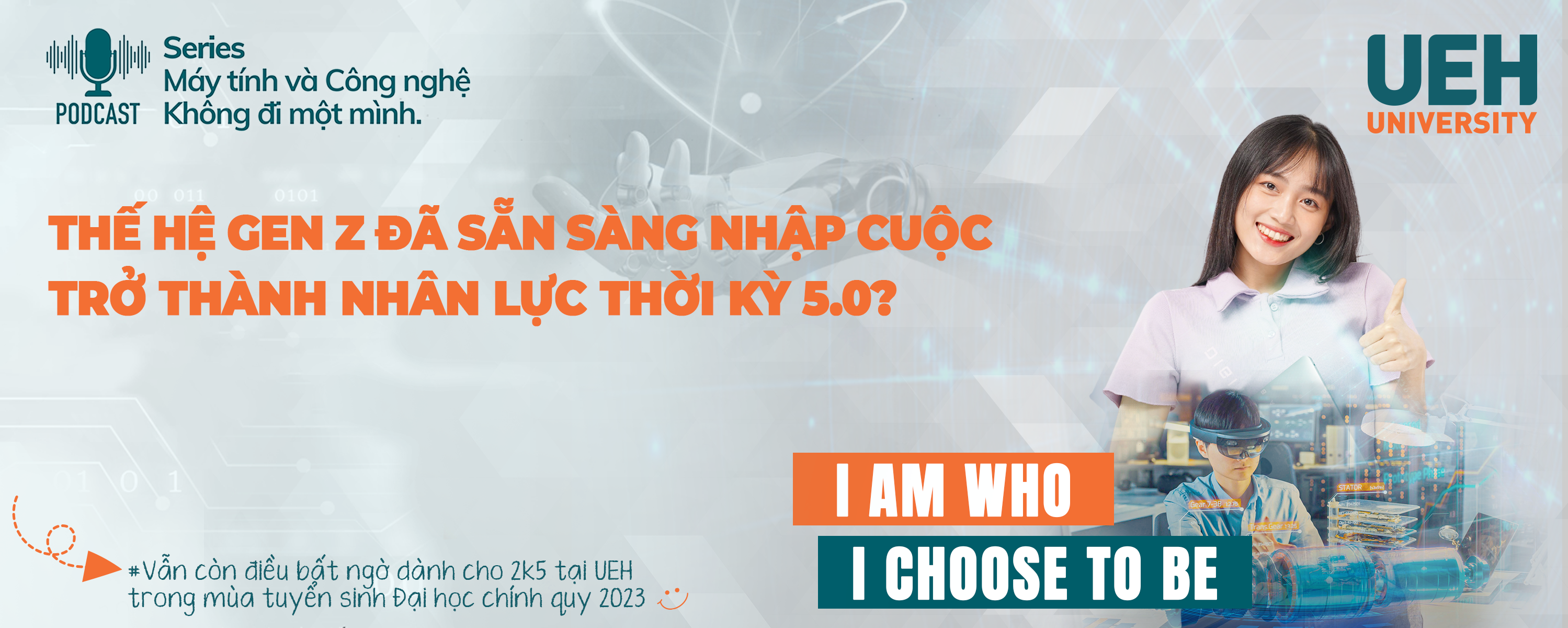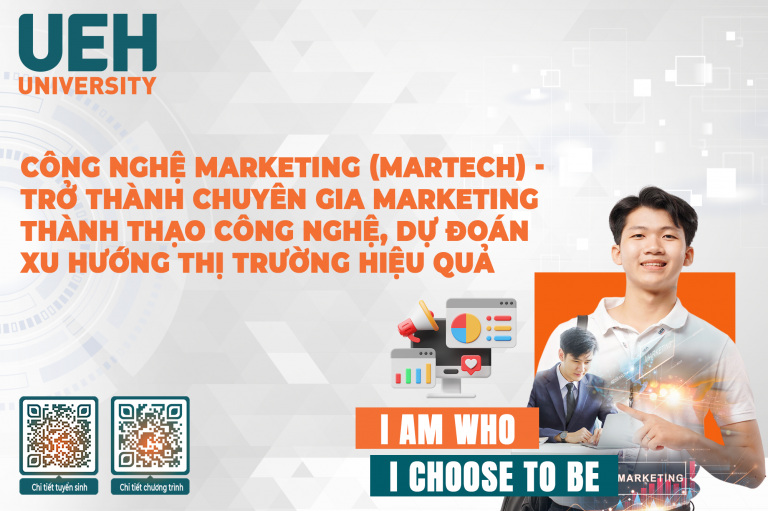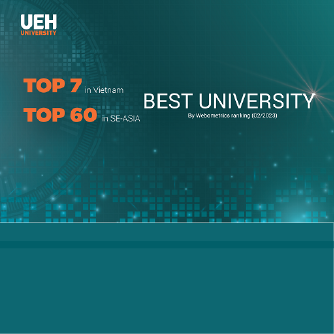Era 5.0 is what will happen, and the timeline is very close: 2035 or maybe earlier. This is the period that is expected to create a super-intelligent society, reducing the emphasis on technology and machines and focusing on improving human-machine interaction. The ultimate meaning of this era is “putting people at the center”, all technological innovations will be sustainable if they serve to improve people’s quality of life. Faced with this inevitable trend of the times, will Gen Z understand and be ready to join the fight to become the key human resource of the 5.0 period?

The 5.0 period has been, is and will really begin in the very near future
Humans have taken centuries to start with the first, second and third industrial revolutions occurring every nearly 100 years, but it only takes about 40 years to enter the industrial revolution. 4th time. And the 5th industrial revolution will happen in the near future when the introduction of GPT Chat has stirred the world recently as a signal of the beginning.
Since the first industrial revolution, people have understood the potential of applying technology as a means of progress. Steam machines, automated assembly lines, and computers are some of the advances that have taken place over the past few centuries, all geared toward boosting productivity and efficiency. In the period of Industrial Revolution 3.0 and 4.0, the digital technology industry (artificial intelligence, connection of things, big data, cloud computing) has emerged to lead the development instead of traditional industries before. This. The development goal of this process is to minimize human involvement and prioritize the automation process. To a certain extent, humans are competing with machines for some jobs.

However, the prospect of industrial revolution 5.0 is a different trend. Society 5.0 is human-centered, ensuring a balance and harmony between economic development and solving social problems through a highly integrated system between cyberspace and physical space. The goal of this revolution is to reduce the emphasis on technology and machines and focus on improving human-machine interaction. This is a wonderful combination of the limitless creativity of humans with the absolute precision of machines to create a super intelligent society.
Industrial Revolution 5.0 is predicted to bring benefits to the world such as:
Optimizing costs: Production and business activities will take place more efficiently and flexibly, minimizing errors and geographical restrictions, optimizing operating and material costs, help improve the operational efficiency of machinery and labor resources.
Creative personalization: Leveraging the potential of technology to develop with personalization, employees can free themselves from some repetitive work, thereby focusing on strategies other, apply your creativity.
Environmentally friendly: According to the European Commission, the main goal of the Industrial Revolution 5.0 is sustainability, human-centeredness and increased resilience, ensuring economic development goes hand in hand with stability. society and environmental protection. This has led to the introduction of sustainable policies, such as waste reduction or net emission management, which have become essential processes for every organization, driving the organization to operate more efficiently. .
Labor market fluctuations in the period 5.0
In the 4.0 era, the collected data will be analyzed by humans. As for the upcoming 5.0 technology, people, things, and systems are connected to each other in virtual space, super intelligent thanks to digital elements such as artificial intelligence (AI), self- automation (Robot), IoT (Internet of Things), big data analysis (Big Data). Therefore, the Industrial Revolution 5.0 not only witnessed the rise of top technologies but also placed the importance of human intelligence, understanding and applying technologies more than ever.

According to a recent Harvard Business Review report, between 20% and 80% of certain workloads can be replaced by machines, but no job can be 100% automated. This means that even with a future development perspective, robots will not completely replace humans. In the 5.0 period, manufacturing plants will gradually shift to a production model that can supply more goods, faster with very low cost and with minimal human intervention. At that time, people will only take up labor positions that bring high added value based on creativity and in the management of robotic systems in the production line with the support of robots.
An article in Forbes also published based on Mercer research (2020): “34% of HR leaders are investing in workforce learning and retraining as part of their strategy. them to prepare for the future of work”. Thus, the 5.0 period will separate HR groups from the main part of daily administration work. This will give them time to adjust and meet talent requirements, allowing them to focus on the growth and productivity of the organization.
It can be seen that the human resource requirements in the future will be raised to a new level, that is, the personnel must really understand the business and understand how technology can support their business. If you do not accept this fact, personnel will certainly run the risk of falling behind or even being fired. And certainly, Gen Z (Generation Z, also known as Generation Z, just a group of people born between 1997 and 2012) will be the human generation of the coming 5.0 era. Dubbed the “connected generation”, Gen Z was born and raised in a technology environment with the ability to connect regularly (through the use of the Internet, a network communication tool), technology has become a “thing in the world”. inseparable” and indispensable love. Instead of relying on technology, “technology mastery” will be the necessary capacity for this generation when entering the upcoming 5.0 labor period.
Equip Multidisciplinary, Interdisciplinary, Cross-disciplinary knowledge from today
The new work practice requires future employees to have a deep understanding of professional knowledge and a broad understanding of related knowledge, known in recent times as multidisciplinary, interdisciplinary and transdisciplinary.

Multidisciplinary, interdisciplinary and cross-disciplinary approaches in the process of learning and researching to equip knowledge can be understood from two angles: (1) Area of expertise in relationship and interaction with other fields; (2) Multidisciplinary, interdisciplinary and transdisciplinary approach within that field. In other words, interdisciplinary / transdisciplinary are professions that will integrate knowledge and skills from different professions. Specialized training has certain advantages, but in the era of digital workforce with artificial intelligence and automatic connection of things, interdisciplinary / transdisciplinary has more prominent advantages. In the 5.0 period, approaching and building professional knowledge in the direction of multidisciplinary, interdisciplinary, transdisciplinary, especially the correlation of a field with technology is the foundation for “technology mastery capacity” “.
Understanding the trend of the times, actively equipping themselves with knowledge and skills, continuously receiving and learning new knowledge about technology will be an important characteristic of the generation of human resources leading the 5.0 era. – super-intelligent era.
This is an article in the Series “Computer and Technology: Don’t Go Alone”, and look forward to the next main article with the topic “Computer and Technology Don’t Go Alone: A Multidisciplinary Approach”. There is still a surprise for 2k5 at UEH in the regular university admission season 2023. Let’s explore with UEH!












